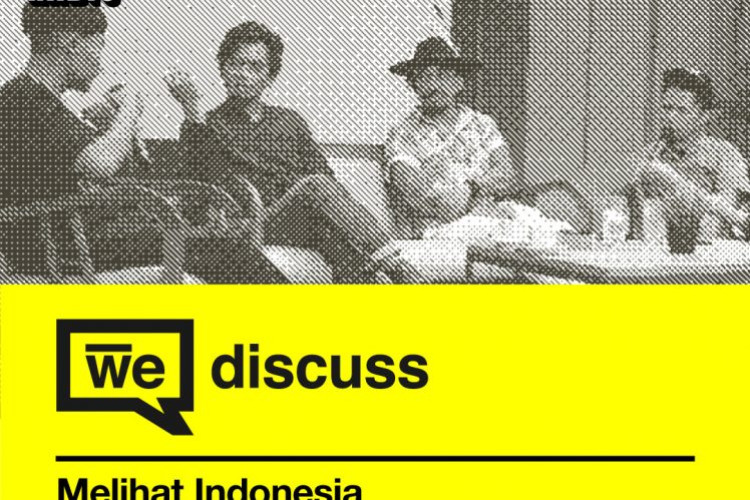




2014 is only two weeks away, but that doesn’t mean there’s no time for a We Discuss session! On December 17, Whiteboard Journal, along with enthusiastic participants, talked about food. And some of the ideas that were exchanged during the discussion were indeed food for thought. Below are the main points of the session:
– Despite the invention of liquids that can give the human body the nutrients it needs, we still crave for food that we can bite and chew. It seems that texture, in addition to taste and nutritional value, is important.
– Processed vs. natural food
– We associate what we eat with certain shapes and smells.
– “Organic” and other keywords that are related to health are marketing tools that directly or indirectly affect the way we consume food.
– Although advertisements and the media in general can affect the public in negative ways (increased junk food consumption, etc.), they can also raise public awareness about healthy food.
– When scanning the ingredient labels of foods available at supermarkets, it’s crucial to know what one does not want in one’s food. In other words, educating one’s self about basic ingredients that ought to be avoided is each individual’s responsibility.
– Healthy foodstuff is normally more expensive than the standard, and most likely less healthy, option – meaning that it is only affordable to a limited group of people. Is it possible to produce food that contains nutritious elements at a lower price?
– Different cultures have different tolerance towards “expiry dates” – which can also be seen as a marketing tool.
– Cooking, like eating, is a social activity.
– The utensils we use to eat reflect our connection to food. For instance, using one’s hands to eat represents the intimacy that one has with one’s meal while using chopsticks or spoons sets a distance between the diner and the food.
– The foodie phenomenon on Instagram and other social media enhances the aesthetic appreciation that we have towards food.
– The sort of “food appreciation” that was mentioned in the previous point and “food criticism” normally take place at higher social classes – that is, people whose relationship with food already go beyond reasons for survival.
– Culturally speaking, different societies have different ways of appreciation food (e.g. the Japanese habit of slurping noodles)
Your feedback would be greatly appreciated, so please feel free to tweet us @wjournal or send us an e-mail to contact@whiteboardjournal.com with the subject title “We Discuss #6.”
We would like to thank those who came and contributed to last We Discuss meeting of 2013. We hope to see you again next year! Look out for announcements and other updates regarding the next discussion on our website’s blog and events section. Or check out our Facebook page, as well as our Twitter and Instagram accounts!











